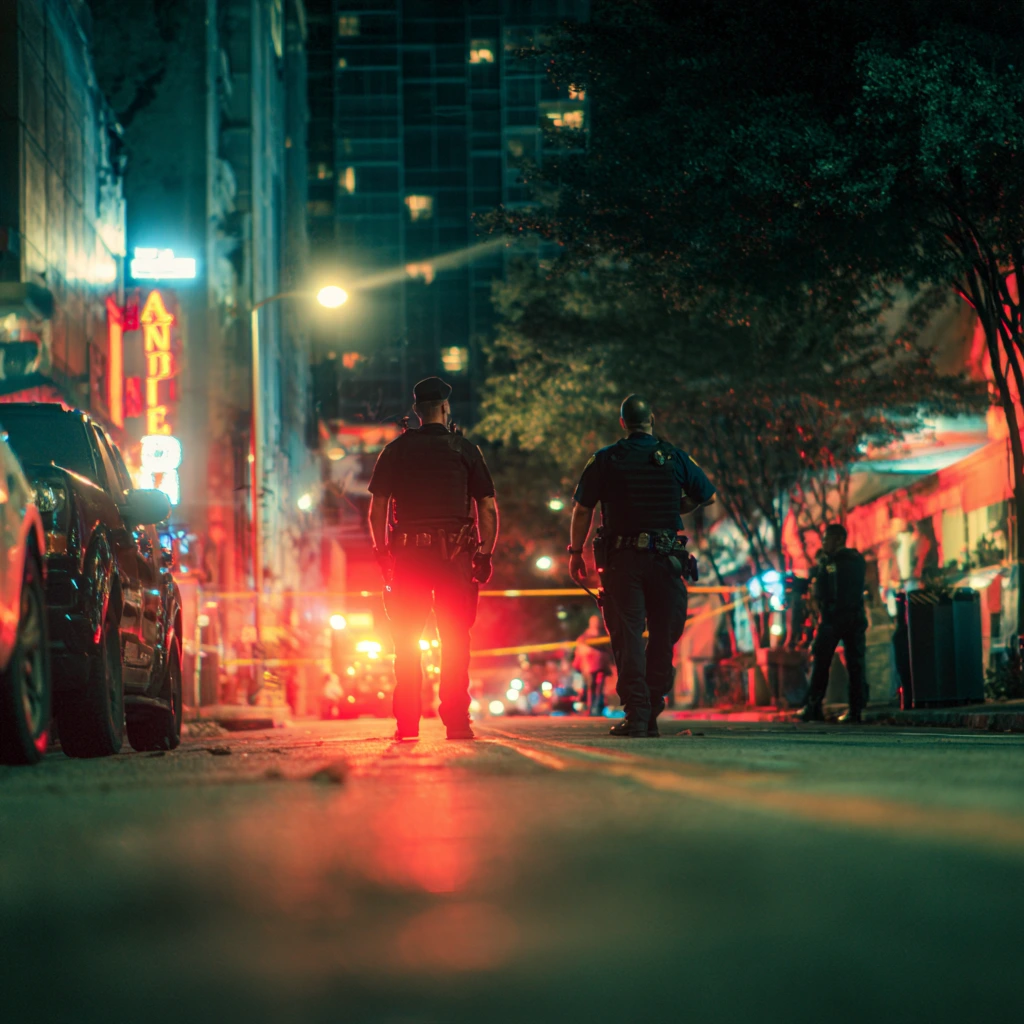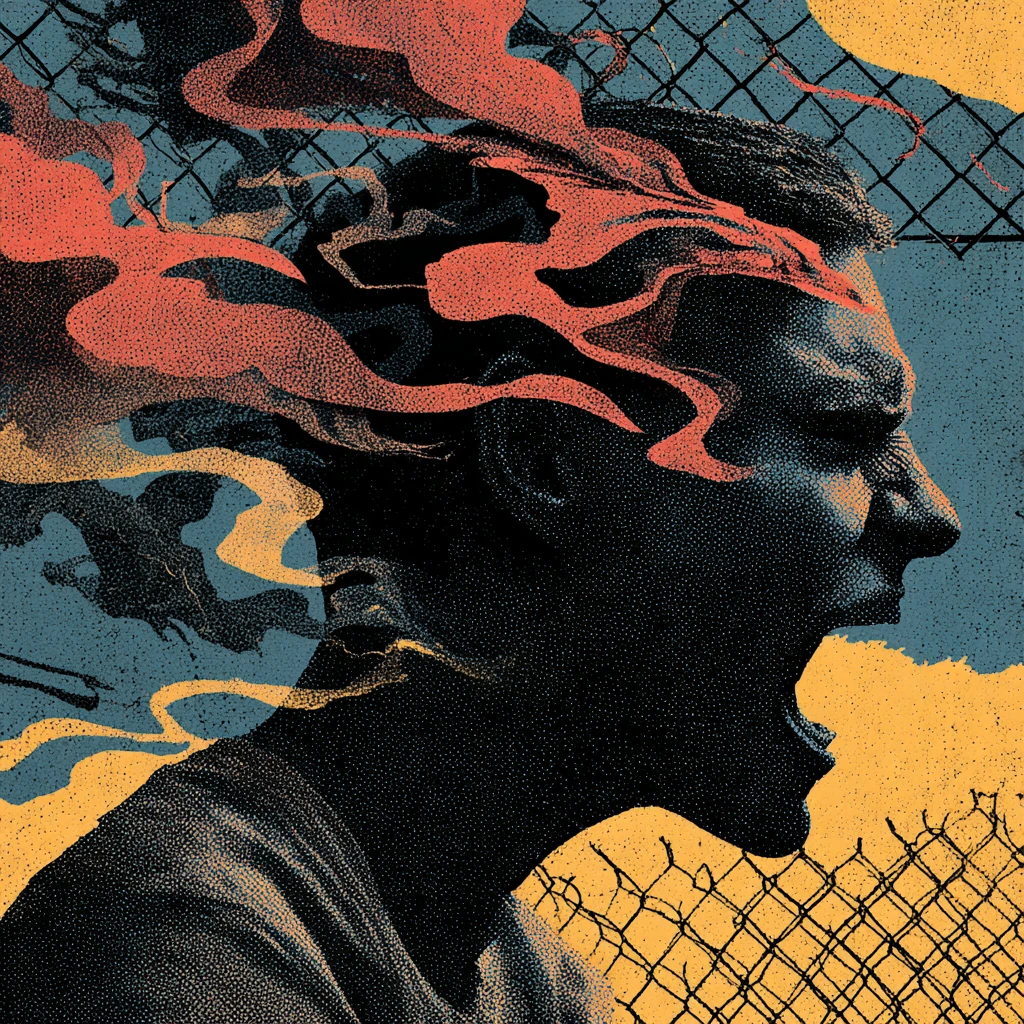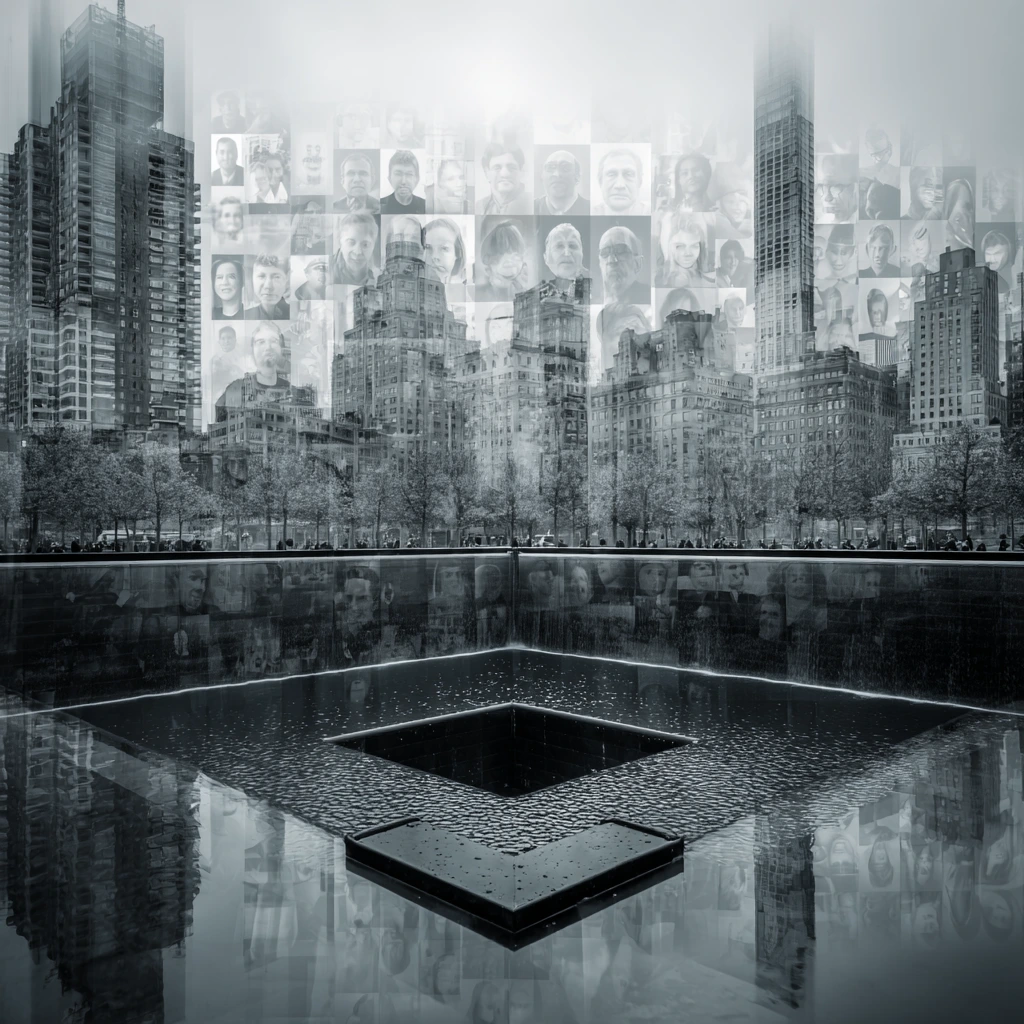“Shane Tamura”
New York City was rocked by terror and confusion on July 28, 2025, as a deadly mass shooting unfolded in the heart of Midtown Manhattan. A heavily armed gunman opened fire inside a prestigious high-rise office building at 345 Park Avenue, leaving four victims dead — including a decorated NYPD officer — and one individual in critical condition. The shooter, later identified as Shane Devon Tamura, a 27-year-old from Las Vegas, ended the spree by taking his own life on the 33rd floor of the building.
This incident, while tragic on its own, also raises deeper questions around mental health, unresolved trauma from sports injuries, and growing security concerns in urban office environments. In this article, we explore who Shane Tamura was, what unfolded that day, and how this event is impacting communities across the U.S.

Who Was Shane Tamura?
Shane Devon Tamura was a 27-year-old man who grew up in California and later moved to Las Vegas. In high school, Tamura was a standout running back on his football team, described by former classmates as energetic, humorous, and full of potential. He had no criminal record and was never known to be violent. However, beneath the surface, there were signs of psychological struggles.
After high school, Tamura worked in private security and held a concealed firearms permit. At one point, he was licensed as a private investigator. Those close to him recall that he had periods of isolation and difficulty maintaining long-term jobs. His past included medical appointments and prescribed medications that suggest he was battling mental health issues — possibly linked to chronic traumatic encephalopathy (CTE), a brain condition associated with repeated head trauma in athletes.
While nothing in his background hinted at the potential for mass violence, investigators believe there may have been long-standing emotional and psychological damage that eventually culminated in the shooting.
A Timeline of the Midtown Shooting
On the evening of July 28, Shane Tamura entered 345 Park Avenue — a 33-story office building that houses companies such as Blackstone and the NFL — carrying an AR-style rifle, multiple magazines, and wearing body armor. He entered the lobby shortly after 6:30 p.m., where he encountered and fatally shot off-duty NYPD Officer Didarul Islam, who had been in the building on personal business.
Eyewitnesses report that Tamura spared at least one woman, allowing her to escape, before continuing to the upper floors. The building, busy even in the evening hours, became a site of chaos as workers and visitors scrambled to find safety.
Tamura made his way to the 33rd floor, where police believe he targeted specific individuals before ultimately turning the gun on himself. NYPD officers responded swiftly, securing the building and locating additional victims. Authorities also discovered a suicide note, multiple firearms, tactical gear, and prescription medications both on-site and in Tamura’s vehicle parked nearby.
The total death toll stands at four, with one critically injured survivor still receiving hospital care.

The Motive: Football, Mental Health, and Institutional Rage
Though the investigation is still ongoing, law enforcement sources confirm that Tamura left a suicide note at the scene, which shed some light on his potential motives. In the note, he expressed deep emotional pain and anger over what he described as long-term cognitive damage from football injuries. He claimed to be suffering from symptoms consistent with CTE — a degenerative brain disease that has been documented in many former athletes.
Tamura’s words suggested resentment toward large organizations, particularly those connected with professional football, whom he blamed for “ruining lives and ignoring the damage.” This has led many to speculate that his choice of building — which includes NFL offices — may not have been random. His note also referenced feelings of isolation, betrayal, and a belief that he had been “left behind” by the very institutions he once trusted.
While these statements do not excuse the violence, they offer a potential window into the shooter’s state of mind and have reignited debates about mental health support, especially for former athletes and veterans in high-risk careers.
Remembering the Victims: A City in Mourning
Among the lives lost was Officer Didarul Islam, a respected member of the NYPD. A 36-year-old Bronx resident, Islam was off duty at the time of the shooting. Known for his commitment to service and strong community ties, he is survived by his wife and two children, with a third on the way.
His death has been met with widespread grief, with tributes pouring in from city leaders, fellow officers, and civilians. A candlelight vigil was held outside his precinct, and a fund has been launched to support his family.
The other victims have not yet been named publicly, pending notification of next of kin. However, officials have confirmed they were employees or visitors of businesses housed in the building. Their deaths, like Officer Islam’s, were both sudden and senseless.
In the aftermath, the city is not only mourning the lives lost but also grappling with rising concerns about gun violence, building security, and how vulnerable even “safe” public spaces have become.
The Shane Tamura case is a painful reminder of how untreated trauma, especially when combined with access to firearms and a lack of mental health intervention, can lead to unthinkable acts. As more details emerge, there is an urgent need for conversations around:

- Comprehensive mental health services
- Support for former athletes suffering from CTE
- Improved building security protocols
- Early intervention for individuals showing signs of psychological distress
The families affected by this tragedy will never be the same, and the city of New York must now begin the difficult process of healing — and learning — from yet another violent loss.
Table of Contents
The Tintina Fault: A Hidden Seismic Threat in the Yukon – trendsfocus
New York shooting: Who was Shane Tamura, the gunman who killed 4 in office building? – Firstpost